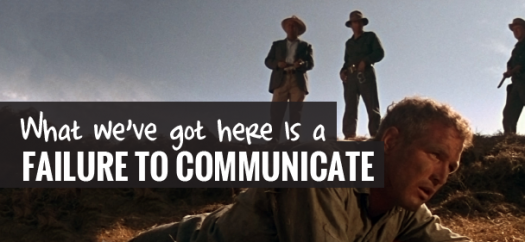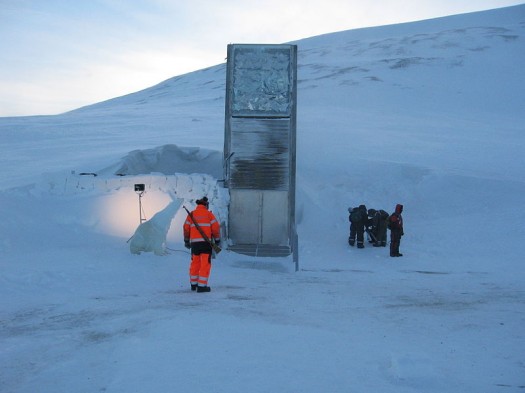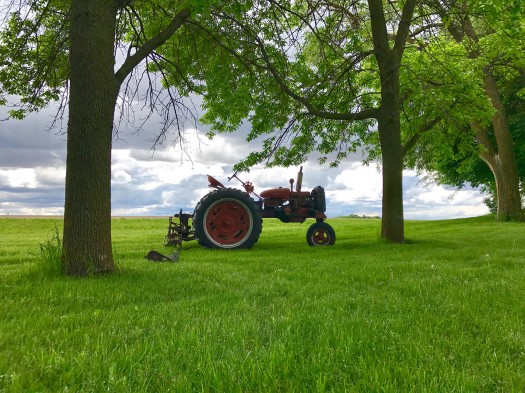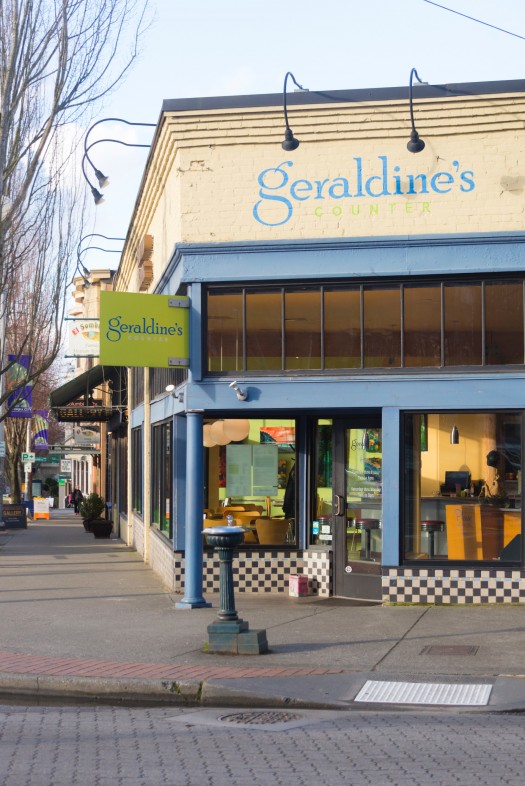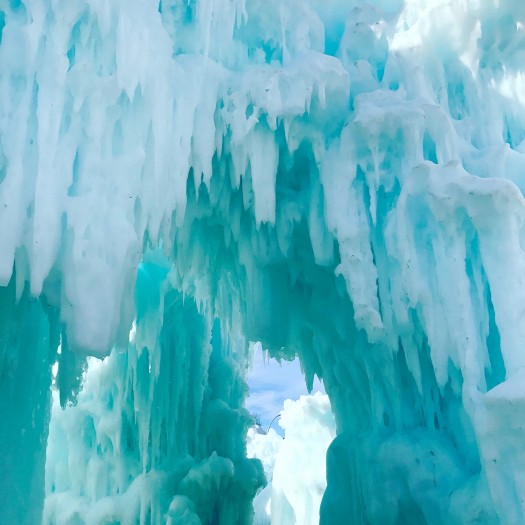Theory and Practice
Storytelling Part II: Getting to Getting Things Done
First a review: In a post last month, I made a pitch for organizing community storytelling around getting stuff done. I acknowledged how hard it is to do that in the current political environment, which is increasingly an arena of competing tribal identities and mutually exclusive convictions: A community that has struggled to identify and…
Read MorePlotting a Persuasive Story? Better have a happily ever after
On my PlaceMakers business card, my job title is “Storyteller.” I figured a graduate degree in English and a two-decade career in journalism gave me a certain amount of credibility in that department. What I didn’t count on, however, was what the title seemed to imply to most folks. To them, I was the spin…
Read MoreGood Side of the Downside: The end is (only) near
Chuck Marohn needs a hug. That was my first thought reading this in his July 17 Strong Towns post : Let me be clear about what I actually imagine is in store for us. I look at America’s cities, towns and neighborhoods and I see overwhelming levels of fragility. I see a development pattern that…
Read MoreLand Use: Preserving the rural landscape with agrarian urbanism
As the harvest starts to come in here in Manitoba and conversations with my farming friends point to a good yield, I’ve been thinking about how to preserve these lands. Rural communities are often the ones with the greatest constraints, especially when it comes to finances. Without federal support, holistic zoning reform in agrarian places…
Read MoreCNU 25 Seattle: Highlights from the silver anniversary
Last week was the 25th annual Congress for the New Urbanism, where 1,400 city planners, architects, developers, economists, and mayors from around the world gathered to discuss the future of cities. Hosted in collaboration with the Urban Land Institute, comprised of an additional 6,000 developers and builders, the two events brought significant inspiration and insight…
Read MoreHello Seattle: Project for Code Reform
As most of us at PlaceMakers settle into Seattle for this week’s 25th Congress for the New Urbanism, we look forward to seeing many of you on the west coast. For those of you who can’t make this year’s congress, be sure to check in with the social media hashtag, #CNU25. We’ll bring you a…
Read MoreGoodbye Winter: Until next time, a few reminders on lovable winter cities
Last week, Super Man and Ghandi rolled into my neighbourhood. I know, it sounds like the opening line of a joke, but it isn’t. Henry Cavill and Ben Kingsley were in town for a film set in winter and the active core of my city, Winnipeg, is one of the best choices for lovable urbanism…
Read MoreCodes Study: Trends in zoning reform
About twelve years ago, I started the Codes Study to analyze cities, towns, and counties taking proactive steps toward zoning to encourage livable places. And by livable, I mean mixed-use, economically vibrant, convivial, walkable, bikeable, and transit-friendly. Many places are using form-based codes to encourage livability, in jurisdictions covering over 45 million people worldwide. Such…
Read MoreThe Trifecta: Urbanism, architecture, and nature
We often blog on the benefits of nature integrated into urbanism and wellbeing outcomes of walkability. The real trifecta is when walkable urbanism, human-scale architecture, and nature come together via placemaking. A recent study from the University of Warwick points out that a scenic view delivers equal health benefits to access to nature: “Cohesion of…
Read MoreWhy Can’t My Zoning Create a Diversity of Places?
Planners frequently use the place type framework to identify different issues, challenges, and assets throughout a municipality or a region. While there isn’t a standard used across the profession, it is generally accepted that the broadest range of places includes the hamlet, village, town and city. Historically we intuitively understood how to build these places…
Read More

